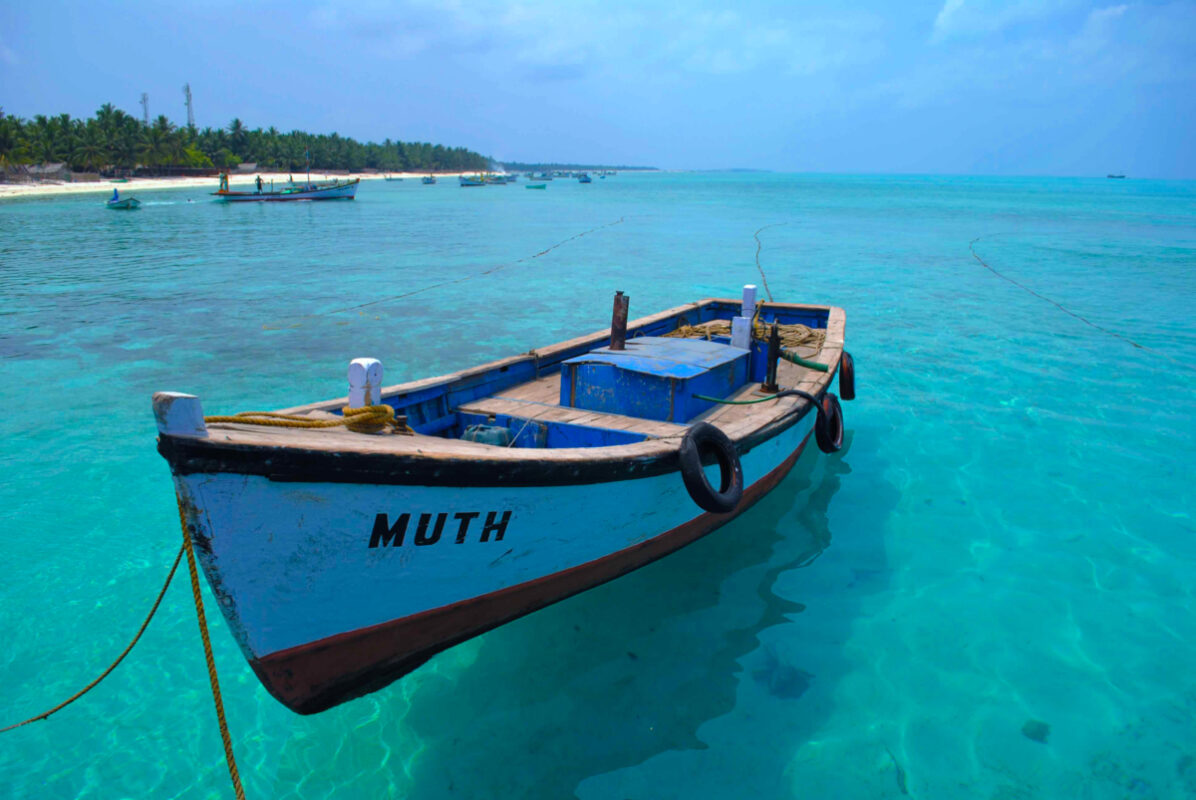The Union Territory of Lakshadweep, India, has recently witnessed a significant surge in tourism attributed to a series of strategic infrastructural projects executed by the Indian Government, which have not only enhanced the region’s allure but also elevated its global prominence.
The archipelago of Lakshadweep, with its 36 pristine islands, embodies a treasure trove of natural beauty and cultural diversity. Over the years, the region’s allure has been fortified by its crystal-clear waters, vibrant coral reefs, and a tapestry of cultural influences, making it a coveted destination for travelers seeking unspoiled natural landscapes and immersive cultural experiences.
However, despite its inherent charm, Lakshadweep grappled with limited accessibility and basic infrastructure, hindering its full tourism potential. The islands’ fragile ecosystem demanded a delicate balance between sustainable development and the preservation of its unique natural resources.
The Indian Government’s visionary initiatives have injected a new vigor into Lakshadweep’s tourism landscape. The completion of the Kochi-Lakshadweep Islands Submarine Optical Fiber Connection, providing a monumental leap in internet connectivity, has unlocked a realm of possibilities in telecommunication, education, healthcare, and digital empowerment for both residents and visitors.
Furthermore, the establishment of the critical infrastructure projects such as the Low Temperature Thermal Desalination (LTTD) plant and the implementation of Functional Household Tap Connections (FHTC) have alleviated long-standing challenges in water scarcity. These initiatives have provided clean drinking water to residents and visitors alike, significantly improving living standards and ensuring a more comfortable stay for tourists. Better infrastructure, including improved roads and amenities, has enhanced the overall appeal of Lakshadweep as a tourist destination.
Beyond infrastructure, Lakshadweep’s allure lies in its vibrant culture, shaped by influences from Maldives, Kerala, and Arabian heritage. The government’s efforts to promote cultural exchanges and preserve Lakshadweep’s rich heritage have added a layer of authenticity to the tourist experience. These initiatives have allowed visitors to engage more deeply with the local culture, traditions, and way of life, providing enriching and immersive experiences. Traditional festivals, art forms, and local cuisine have gained prominence, attracting tourists seeking authentic cultural encounters.
The region’s ecological significance as a UNESCO World Biosphere Reserve underscores the importance of responsible tourism practices. The delicate balance between tourism development and ecological preservation necessitates sustainable measures, including waste management, marine conservation, and eco-conscious tourism initiatives. These efforts ensure the preservation of Lakshadweep’s biodiversity and indigenous way of life.
Lakshadweep’s transformation into a burgeoning tourist destination hinges not only on infrastructural advancements but also on the symbiotic integration of sustainable practices that safeguard its ecological integrity and cultural heritage. The Indian Government’s strategic interventions have laid the groundwork for Lakshadweep’s emergence as an enchanting destination, inviting travelers to experience its natural splendor and diverse cultural mosaic while nurturing a sustainable future for the islands and their inhabitants.

